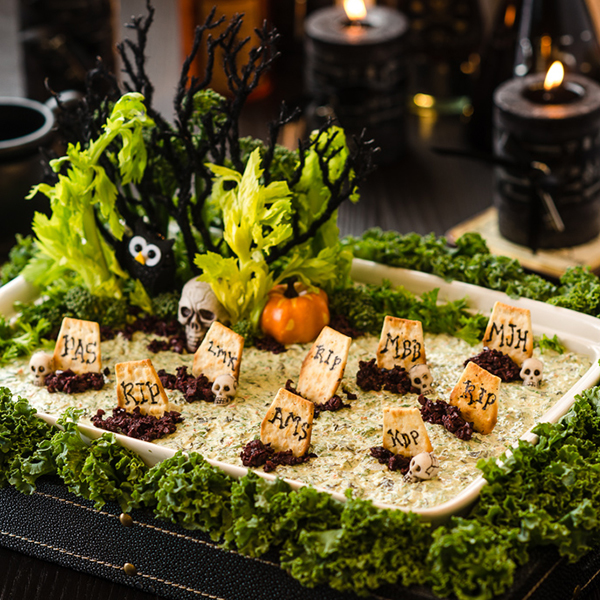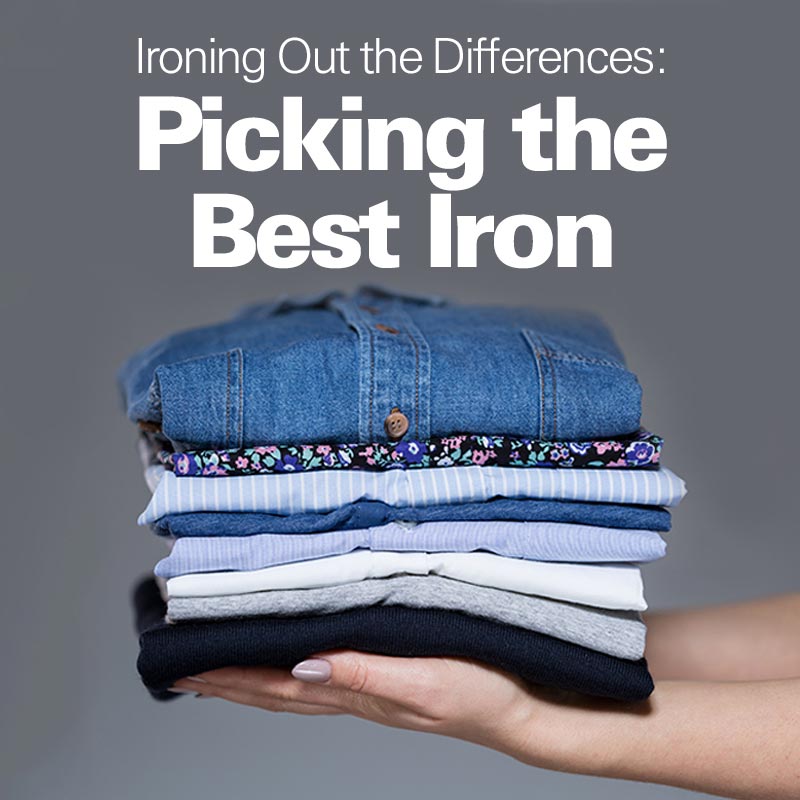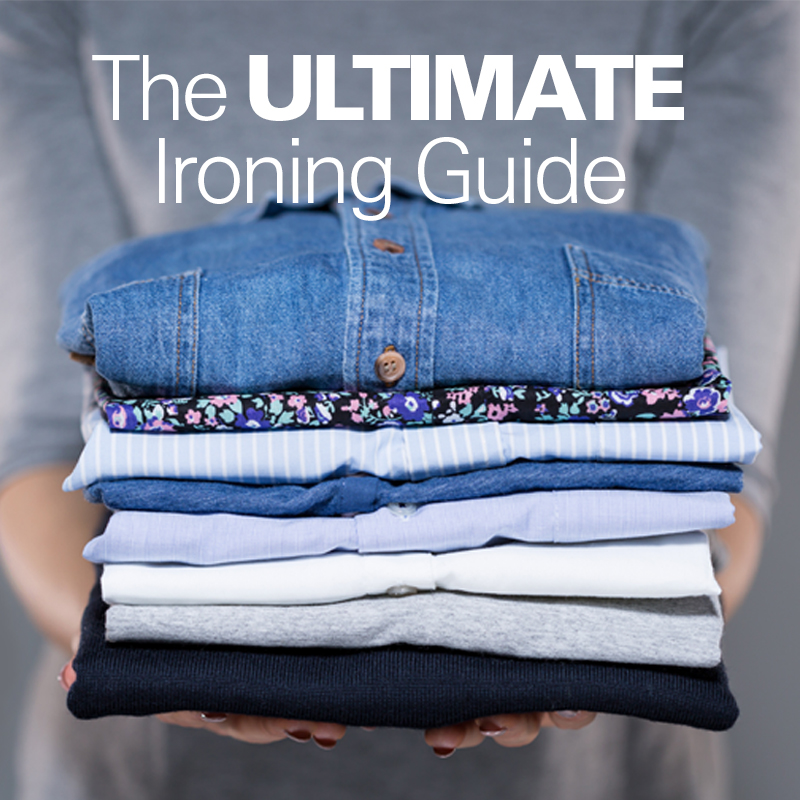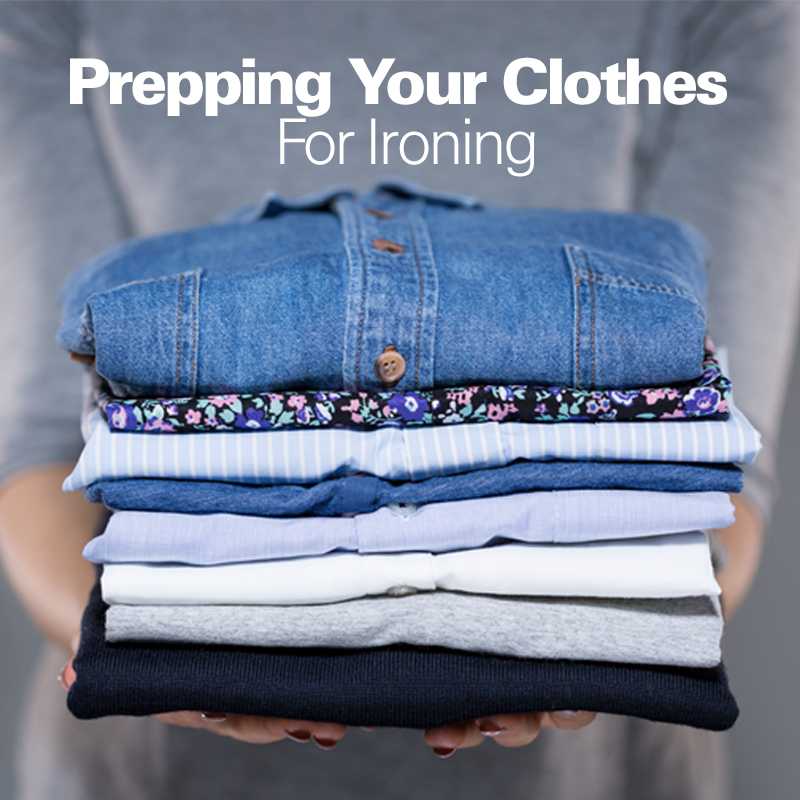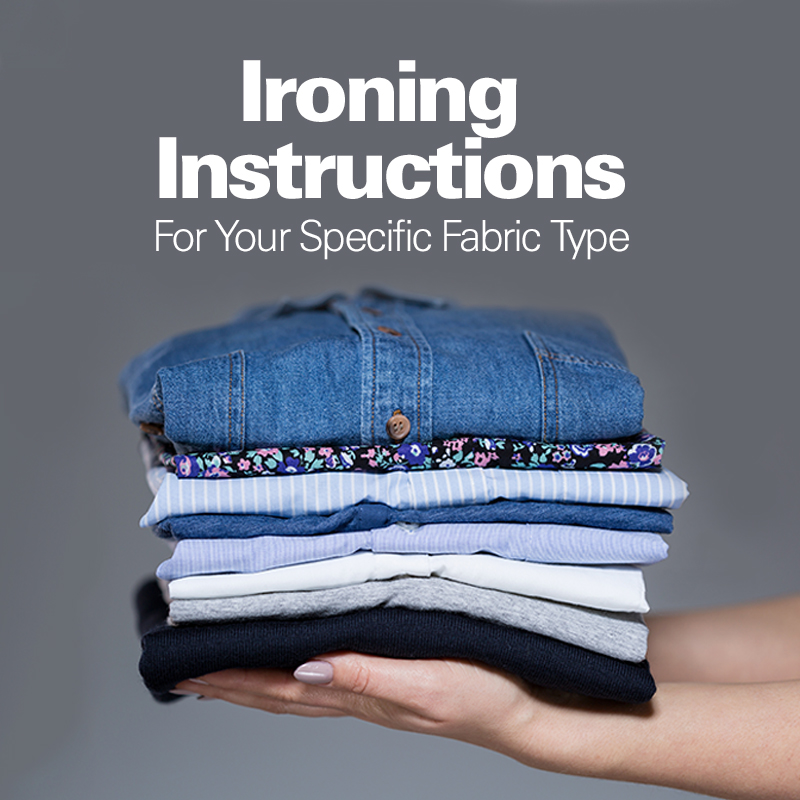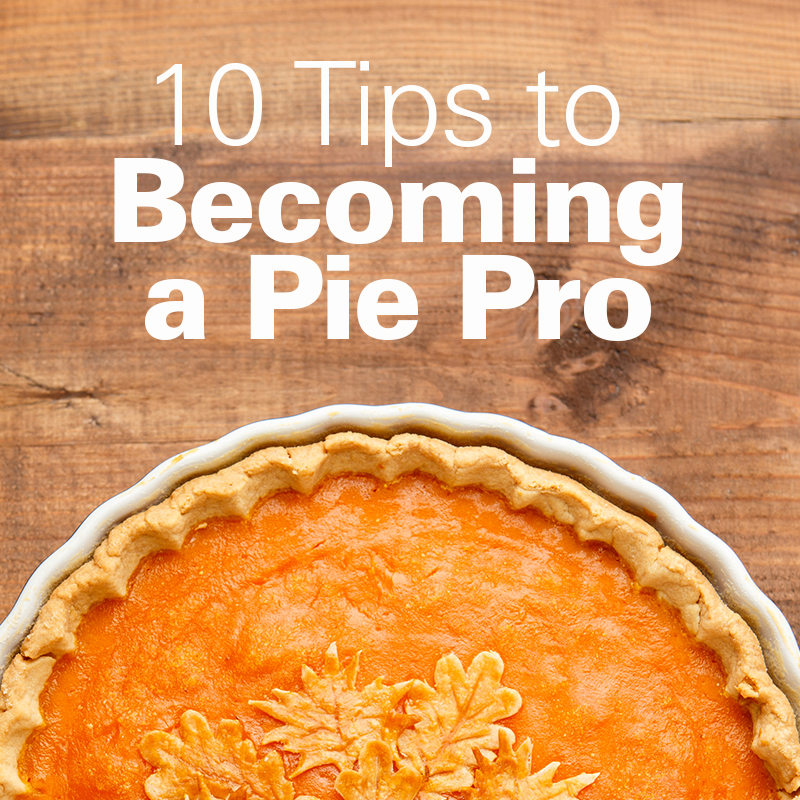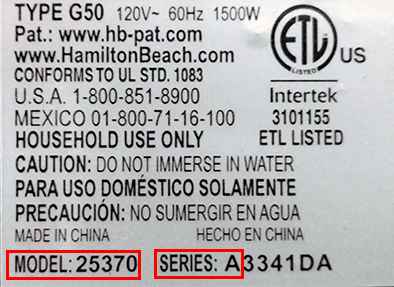Pressure cookers are all the rage now, and they’re not even close to the ones your parents or grandparents used to use. Thanks to digital controls, built-in safety features and their sheer convenience, pressure cookers have been making their way back into kitchens at a rapid pace.
As a new way to cook for many home chefs, pressure cookers do come with a bit of a learning curve. But once you’ve learned a few basics, you’ll find yourself reaching for your pressure cooker constantly. Here’s everything you need to know about how—and what—to cook.
How does a pressure cooker work?
During the cooking process, steam builds up inside the locked pressure cooker. This trapped steam creates the pressure, and the pressure in turn raises the boiling point of foods. This allows the food to be cooked at a much higher temperature, for a shorter period of time, without the typical signs of burning or overcooking that you might experience at those same temperature using other cooking methods.
The pressure also forces liquid into the food so it stays juicy and tender while deep, rich flavors develop quickly. The high temperature also allows food to brown, despite the moist environment.
Non-electric stovetop pressure cookers have fallen out of fashion in recent decades. These days, you’ll mostly find electric pressure cookers lining the shelves of your favorite home center and your best friend’s countertop. Electric models offer advanced safety features and programmability that add to their convenience.
What should I use a pressure cooker for?
If any of the following scenarios sound like you, you might want to invest in a pressure cooker:
- You want to make meals that require minimal hands-on time. You don’t need to stand over a stove and monitor the cooking process when you pressure cook; once you start the timer, your work is essentially done until the timer goes off.
- You tend to not plan your meals ahead of time. Pressure cooking offers a degree of flexibility that other cooking methods can’t match. Even if you’re not the type to throw a roast into the slow cooker before leaving for work, you can still come home and make a meal that tastes like it’s been cooking all day.
- You want to make inexpensive cuts of meat taste like a million bucks. We all know that the more budget-friendly cuts of meat at the store, like chuck roasts, taste best when cooked low and slow. But because pressure cooking forces liquid and moisture into the meat, you get the same tender results in less time than if you used the stove or a slow cooker.
- You hate cleaning up the kitchen after cooking. You can make whole meals in a single pot, which can go straight into the dishwasher.
- You always forget to defrost meat for dinner. Frozen meat and poultry can be cooked from frozen in the pressure cooker. A general guideline is to add 50% more cooking time than recipe recommends (visit www.FoodSafety.gov for more on minimum safe internal cooking temperatures). Frozen vegetables can also be steamed in the STEAM/VEGETABLES mode from frozen state; add 1 to 2 minutes to the time indicated on package directions.
How do I use a pressure cooker?
Pressure cooking is simple, once you’ve gone through the motions a few times. These are the basic steps—consult your Use & Care for a more detailed walkthrough before operating yours for the first time.
1. Place your ingredients in the cooking pot, twist and lock the lid in place and close the steam release valve. Make sure there is enough liquid with the ingredients. For best results, there should be 1 cup of liquid in the cooking pot.
2. Select a cook time and choose between either HIGH or LOW pressure. You can alternatively choose a preprogrammed mode that has made those selections for you.
- HIGH pressure is recommended for almost all foods. It cooks food more quickly at a higher temperature. It’s particularly good for roasts and tough cuts of meat.
- LOW pressure is used for delicate foods, like eggs, desserts and steaming vegetables. Low pressure cooks food at a slightly lower temperature than high pressure.
3. The pressure cooker will then begin to build pressure and the lid will lock automatically. When the right amount of pressure is created, the timer will begin counting down the cook time. (This means even if the recipe has a 10 minute cook time, you need to allow time to build pressure, which can take up to 10-15 minutes.)
4. When the cook time is up, you can choose to release the pressure one of two ways.
- Natural release: The pressure cooker will default to a natural release, slowly and automatically releasing steam from the machine until the pressure is low enough to unlock the lid. That means you don’t need to be standing by the pressure cooker the second the timer goes off to release the steam yourself. Note that food will continue to cook while pressure is released, so make sure you’ve accounted for this extra cooking time to avoid mushy or overdone foods. This may take 10 to 30 minutes or more depending on amount of food.
- Quick release: Press the quick release button when you want to immediately release the steam after the cooking cycle ends. The steam release valve directs steam away from the steam release button to protect your hands.
5. When all of the pressure has been released, the lid will unlock. The pressure cooker will keep your food on WARM until you turn it off.
What to expect when pressure cooking
It is normal and safe for small amounts of steam to leak from the steam release valve while operating the pressure cooker. In fact, the steam seen is evidence that the steam release valve is effectively regulating the pressure.
To ease your mind, it might help to do a practice test. Pour 3 cups of water inside the cooking pot, select the HIGH pressure setting and adjust the time to 2 minutes. Watch the whole process happen. Familiarize yourself with the noises it makes, the steam that is released as the pressure builds, the way the steam release valve locks the lid when pressure is reached and the process for performing both a natural and quick release.
How can I adapt my favorite recipes to work in the pressure cooker?
Cooking times for pressure cooker recipes can be up to 70% faster than traditional methods. To adapt stovetop recipes, start by reducing time by half.
The amount of liquid needed is much less than traditional cooking methods. To adapt favorite recipes to a pressure cooker, reduce liquid by about half—but make sure you have at least 1 cup of liquid. If you don’t, the cooker won’t be able to create enough steam to get up to the proper pressure and will not be able to begin the cooking process.
What else can I do with my pressure cooker?
Hamilton Beach pressure cookers are still multi-cookers at heart. You’ll notice they have a whole panel of buttons offering extra functionality. Here’s what those settings do:
- SLOW COOK: True Slow™ technology with 3 heat settings for classic slow cooking.
- MEAT STEW: Make tender, juicy meats and stews. Add longer cooking times for “fall off the bone” tenderness.
- POULTY: Whether roasting a whole chicken or quickly cooking chicken pieces, this mode cooks it perfectly.
- RICE/RISOTTO: Suitable for cooking all types of rice.
- STEAM/VEGETABLES: Steam vegetables, seafood or reheat food on the included roasting rack.
- BEANS: Soaked or unsoaked dry beans can be done in less than an hour on this mode.
- WHOLE GRAINS: Farro, quinoa, wild rice—any grain is suitable for this mode.
- CASSEROLE: Use for casseroles or one-pot meals.
- BROWN/SAUTE: Use for browning meats or poultry, or sautéing vegetables.
- EGG: Cook eggs in the shell to your desired doneness on the roasting rack. Eggs are steamed so they peel easily.
- SOUP: Make soups and broths with delicious depth of flavor.
More pressure cooking tips from the Test Kitchen:
- Liquid is required to create steam and build pressure in the pressure cooker. Always add a minimum of 1 cup of water or other liquid.
- Fill the cooking pot no more than 2/3 full. For foods that expand such as rice or beans, fill it 1/2 full.
- Add 1 tablespoon oil to rice or beans to reduce foaming and splattering.
- Beans do not require soaking, but soaking beans for at least 3 hours will yield softer, more consistent results.


